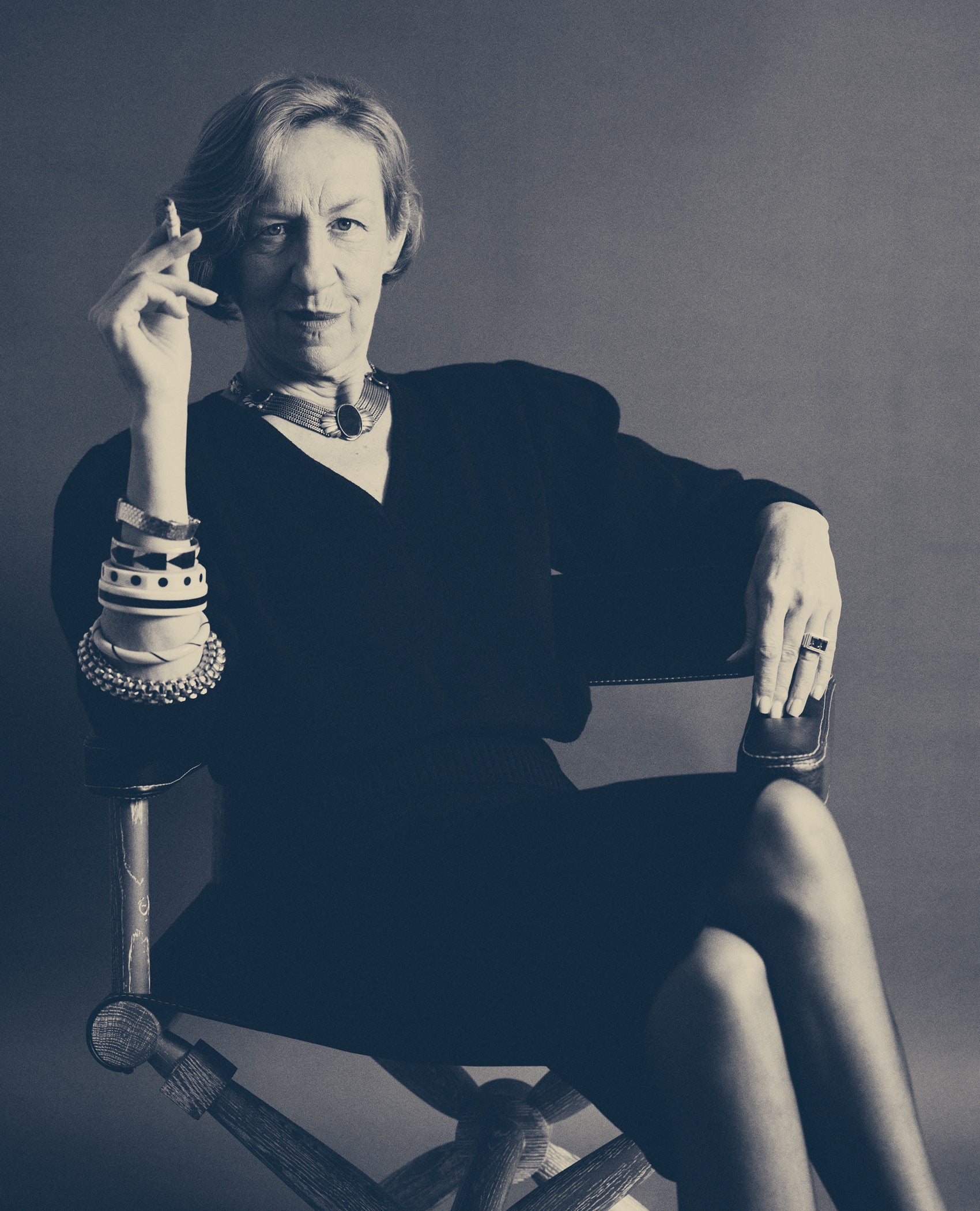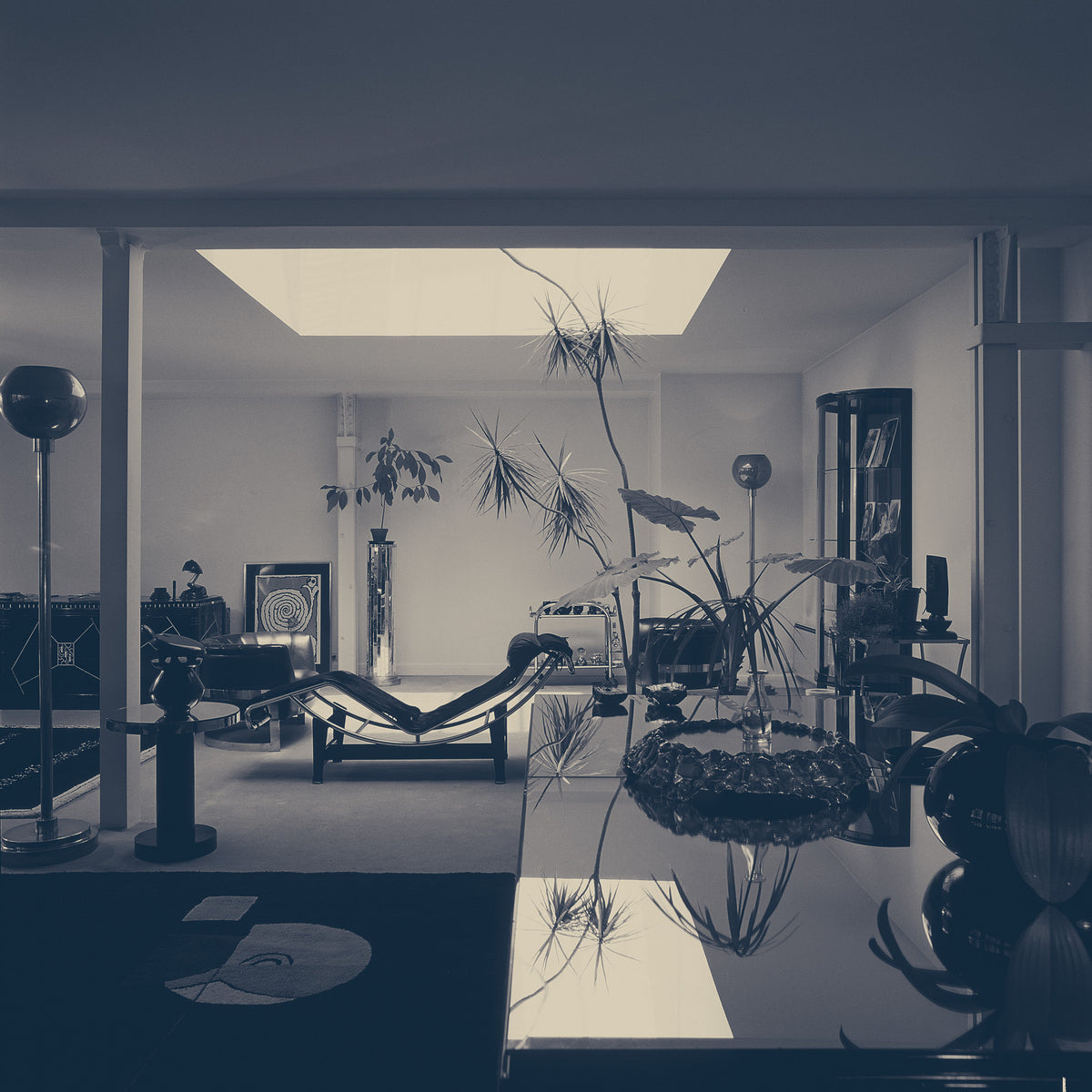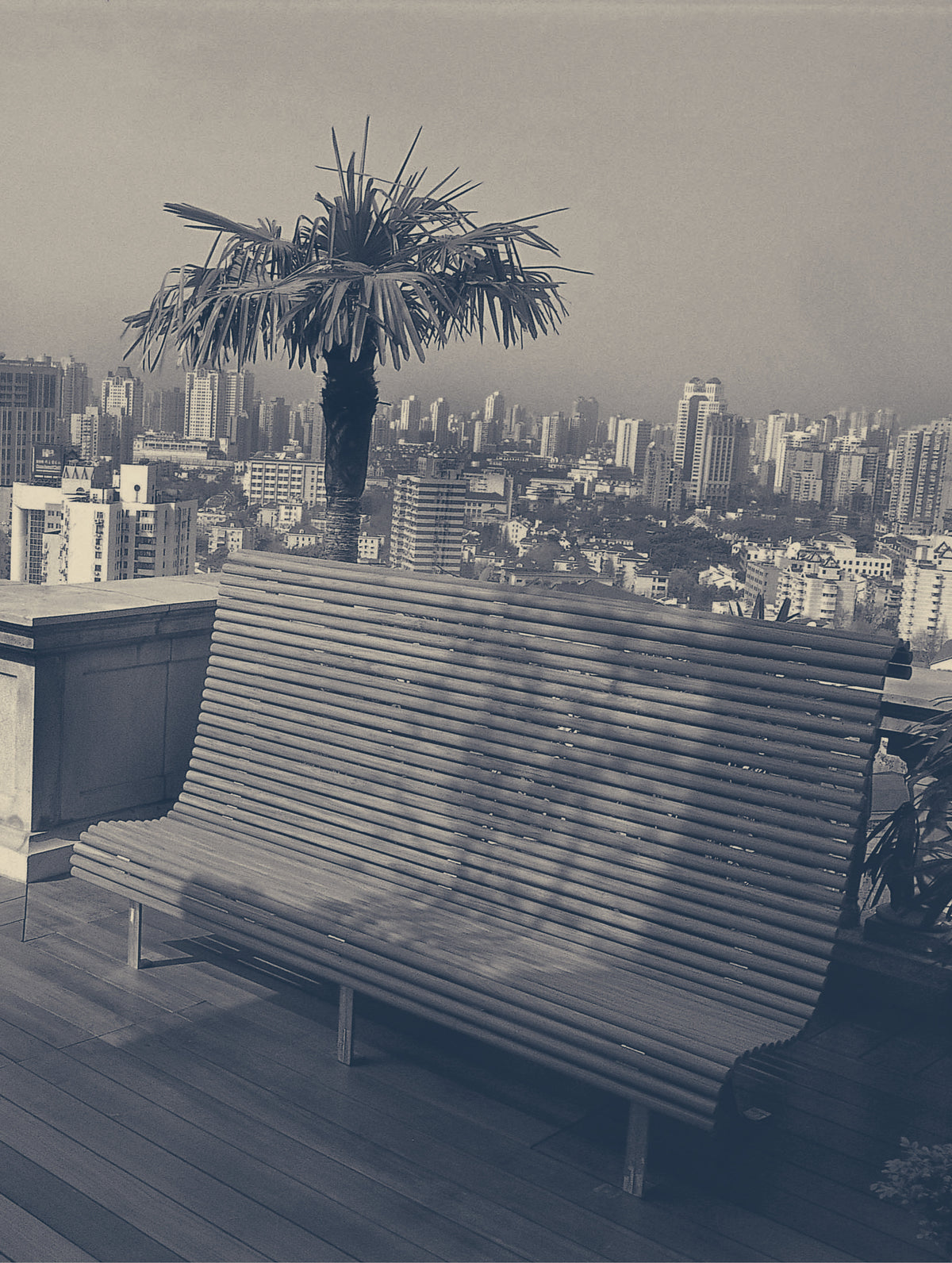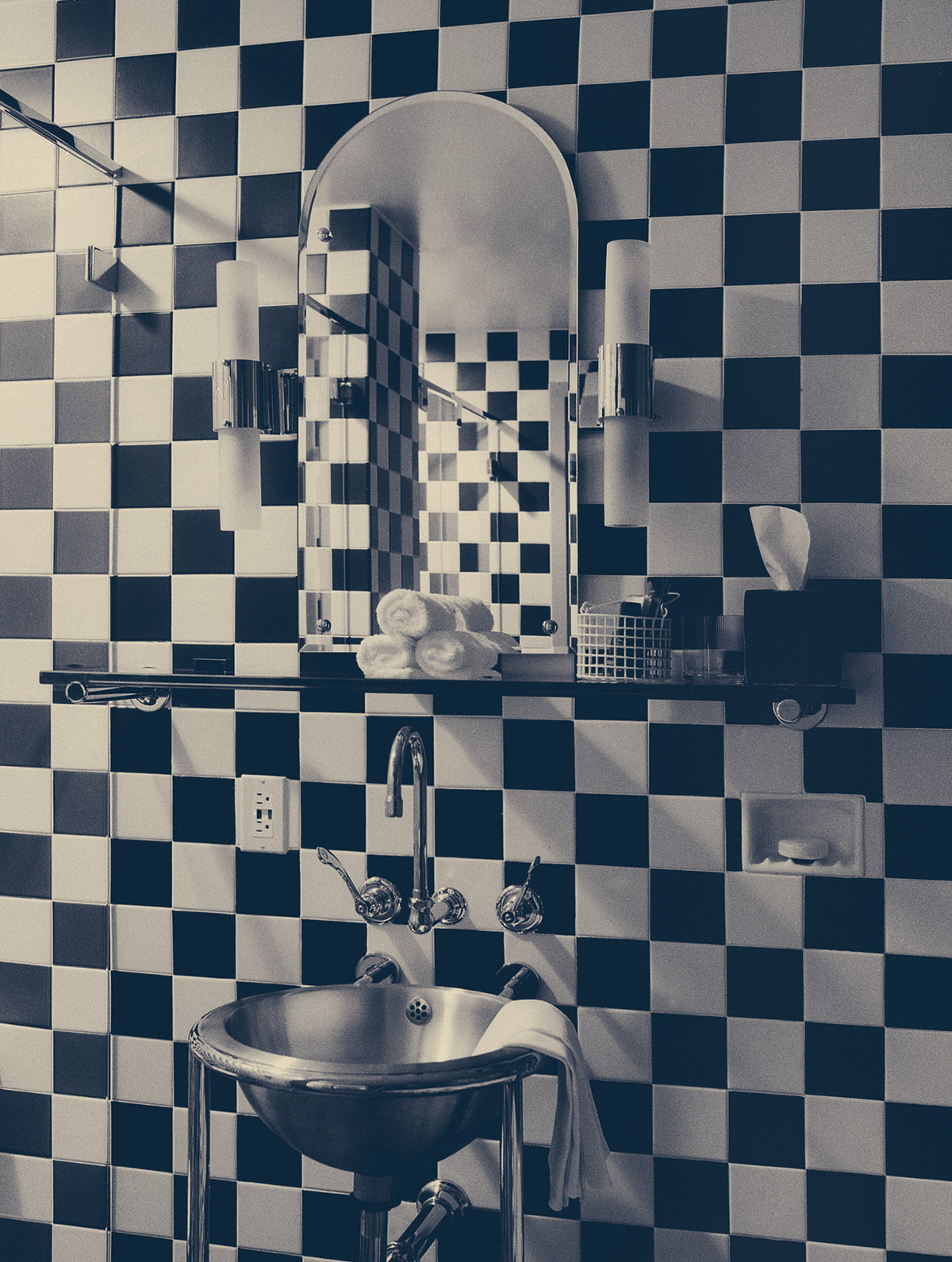
1968
Andrée Putman joined the Mafia agency with Maïme Arnodin et Denise Fayolle.
1978
Creation of ECART and opening of the first showroom at 6 rue Pavée, Paris.
1984
Design of the Morgans Hotel, New York. Andrée Putman invents the concept of the boutique hotel.
1991
Andrée Putman handed over her legacy to others by selling ECART.

Andrée Putman’s Parisian loft, showcasing Eileen Gray’s Black Magic & Blackboard rugs. Paris, c.1980s.

Elephant bench by Andrée Putman. Shanghai, c. 2004.

Bathroom designed by Andrée Putman for the Morgans Hotel. New York, c. 1984.

1925 - 2013
Andrée Putman
Andrée Putman
1968
Andrée Putman joined the Mafia agency with Maïme Arnodin et Denise Fayolle.
1978
Creation of ECART and opening of the first showroom at 6 rue Pavée, Paris.
1984
Design of the Morgans Hotel, New York. Andrée Putman invents the concept of the boutique hotel.
1991
Andrée Putman handed over her legacy to others by selling ECART.

Andrée Putman’s Parisian loft, showcasing Eileen Gray’s Black Magic & Blackboard rugs. Paris, c.1980s.

Elephant bench by Andrée Putman. Shanghai, c. 2004.

Bathroom designed by Andrée Putman for the Morgans Hotel. New York, c. 1984.




